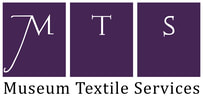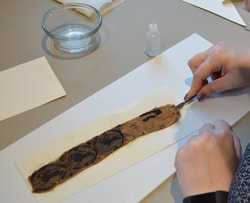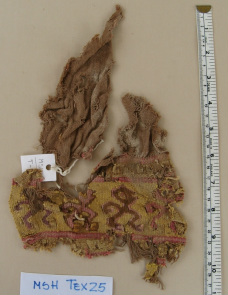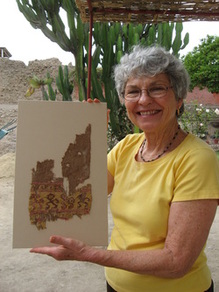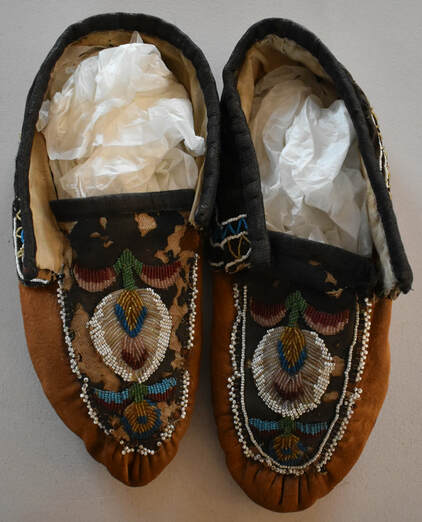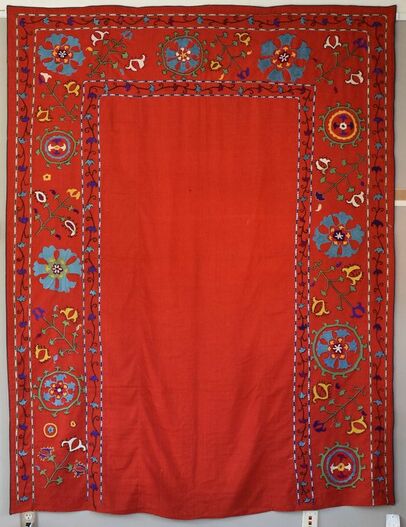Ethnographic and Archaeological TextilesArchaeological textiles are among the most challenging of all artifacts to handle and conserve. Having survived hundreds, sometimes thousands of years in the ground, they tend to deteriorate rapidly once exposed to humidity, light, and oxygen. Conserving archaeological textiles may also involve preserving earlier restoration efforts, without which the textiles would have not survived this long post excavation.
|
Ethnographic textiles from world cultures are equally susceptible to damage even if they are only decades old. Many collectors acquire ethnographic textiles directly out of their natural context, meaning they are soiled, worn, and vulnerable. Museum Textile Services works with universities, museums, and collectors in the United States and abroad to preserve, analyze, and safely exhibit ethnographic and archaeological textiles so that their inherent technical and historical information is not lost.
For nine years, Camille Breeze ran the Ancient Peruvian Textiles Workshop in and around Lima, Peru.
To read more, click here.
To read more, click here.
